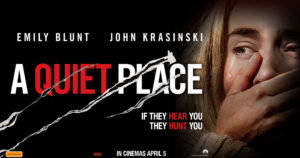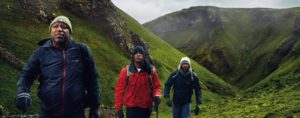 (3 / 5)
(3 / 5)
The problem with any long-lasting franchise is that eventually, all aspects of the characters will have a light shined on them. We have seen so many details revealed about Spider-Man and Batman, their school years, interaction with their parents, childhood memories and traumas. Other movie characters are exempt from this, they come, make their impression and their story ends without having to know every facet of their existence. Take for example the main character of Solo, Han Solo, he made his first appearance in 1977 with the first Star Wars movie and fulfilled an archetype as much as anything but was well defined.
He had his journey through the original trilogy and it ended. Now with the rebirth of the saga as well as making it a franchise get ready for all the details to be dished out for you.
Obviously, for the movie we have a younger portrayal of Han Solo, the role is taken over by Alden Ehrenreich. He reasonably looks like someone who could age into Harrison Ford and has his head of hair and strikes the iconic shooting pose but for a lot of it, he’s hard to buy. Possibly for years and years, our image of Solo has been purely Harrison Ford and to see another be the character is just too hard to wrap our brains around! He becomes more buyable as the movie progresses, either this was intentional, Ehrenreich got better at the portrayal as they got further into filming or takes a bit of time to adjust to it all.
There are other familiar faces too. First is the large furry companion of Chewbacca (Joonas Suotamo), he’s the loyal muscle that always has your back. Then we meet the suave, smooth-talking Lando Calrissian played by Donald Glover, who is easily one of the best parts to the movie, his dialogue is much like the original character as well as being fun in his own right and he matches Billie Dee Williams performance to a tee and makes it look natural.
Obviously, we get new characters for this journey too. Almost as soon as the movie starts we meet Qi’ra (Emila Clarke), a shrewd beautiful woman from Han’s past that is a survivor like him. There’s the robber Tobias Beckett (Woody Harelson) who becomes a mentor figure and there’s the sassy droid L3-37 (Phoebe Waller-Bridge), who tenaciously wants equality for all droid kind.
One of the problems with movies like this is that when we see the younger versions of familiar characters we know not only where they go but that they will make it out without a scratch, that really takes the tension out of the scenes. It’s the equivalent of watching someone play a video game and they have permanent invincibility, there’s no investment because there are no stakes. However with the new characters that we don’t see in any of the other movies, we don’t know where their story goes or if it ends here, so there’s still a bit of tension.
To get back to my opening statement, we were introduced to Han Solo and his large furry friend Chewbacca rather briskly in the original trilogy and there were hints of his past but it didn’t really matter because we had the present story to deal with. We could wonder and create our own ideas about the details of their relationship, of how exactly their first encounter went but it is something that is relevant to the individual, now this movie is here to solidify it.
The world of Star Wars is a recognisable one on a purely visual basis. It has incredible technology that is beyond us and that technology is not very well polished, it is a little rusted and has a layer of dust over it. There is plant life that grows in larger and weirder shapes, the clothing is practical but more stylish at the same time and the technology itself has an oldfashioned style in its plating and construction. For this movie, we do indeed see the Millenium Falcon but it is not the one we know, it is newer and shinier than we have seen in previous movies.
This is a very muted movie in terms of its color pallet. In the opening segment we are in a dingy city of nearly all grays, then we go underground and everything has a blue filter to it, then we get out and gray again, they were in a battlefield of gray and mud and then a snowy mountain range of whites and grays. There are a few more colorful environments in the movie but even then the color never really seems to pop. It seems like a strange choice being that it’s such a stylized world and known for its use of color.
The movie makes no bones about this being a part of a franchise (one of the most recognizable and profitable of all-time). Through the viewing of the movie, you will hear and recognize things that you can connect back to the original saga. But the movie still works by itself in terms of never stopping to make those references and having other moments be there for legitimate plot reasons.
If you go seeking an energetic Science Fiction Action movie then you will get that and all that comes with it. If you go wanting to see and hear things that are connected to Star Wars because you love it, then this movie is for you. Whichever category you fall into (or even both) you will be satisfied.
Jonathan Evans



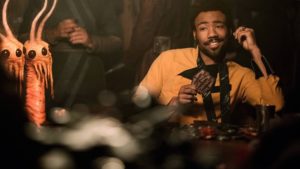

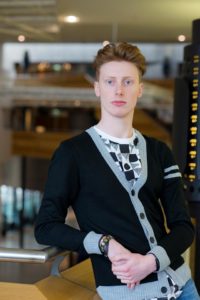
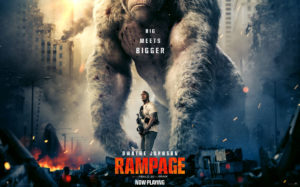
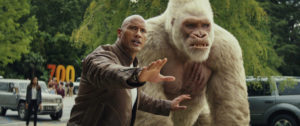
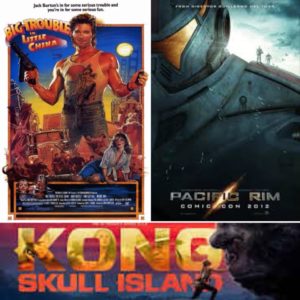
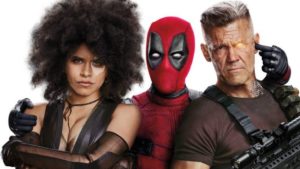

 (5 / 5)
(5 / 5)
 (4 / 5)
(4 / 5)
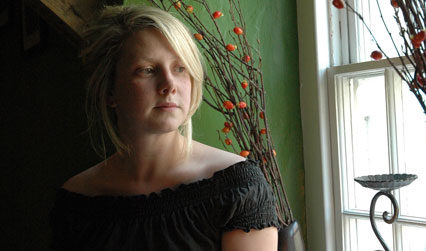
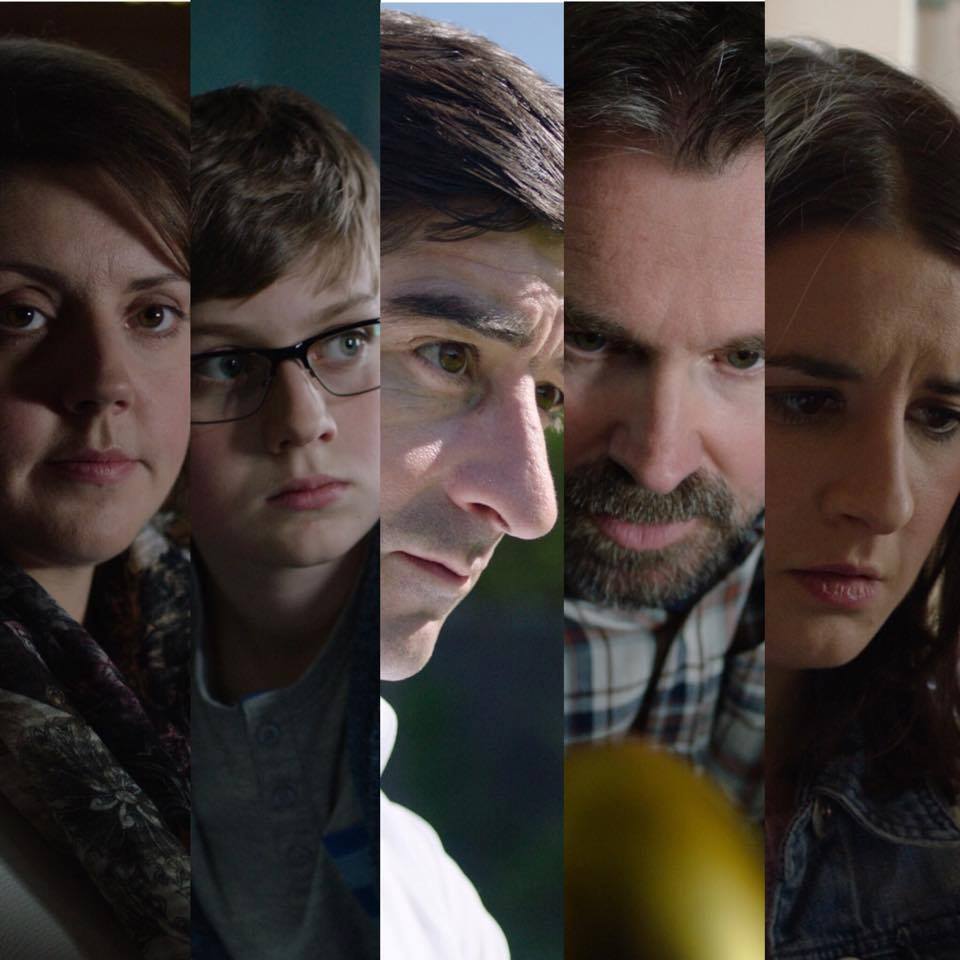
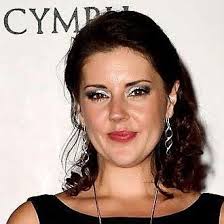
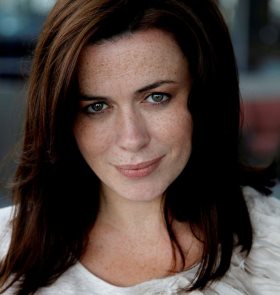

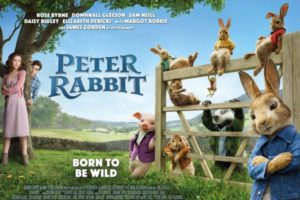
 (1 / 5)
(1 / 5)
